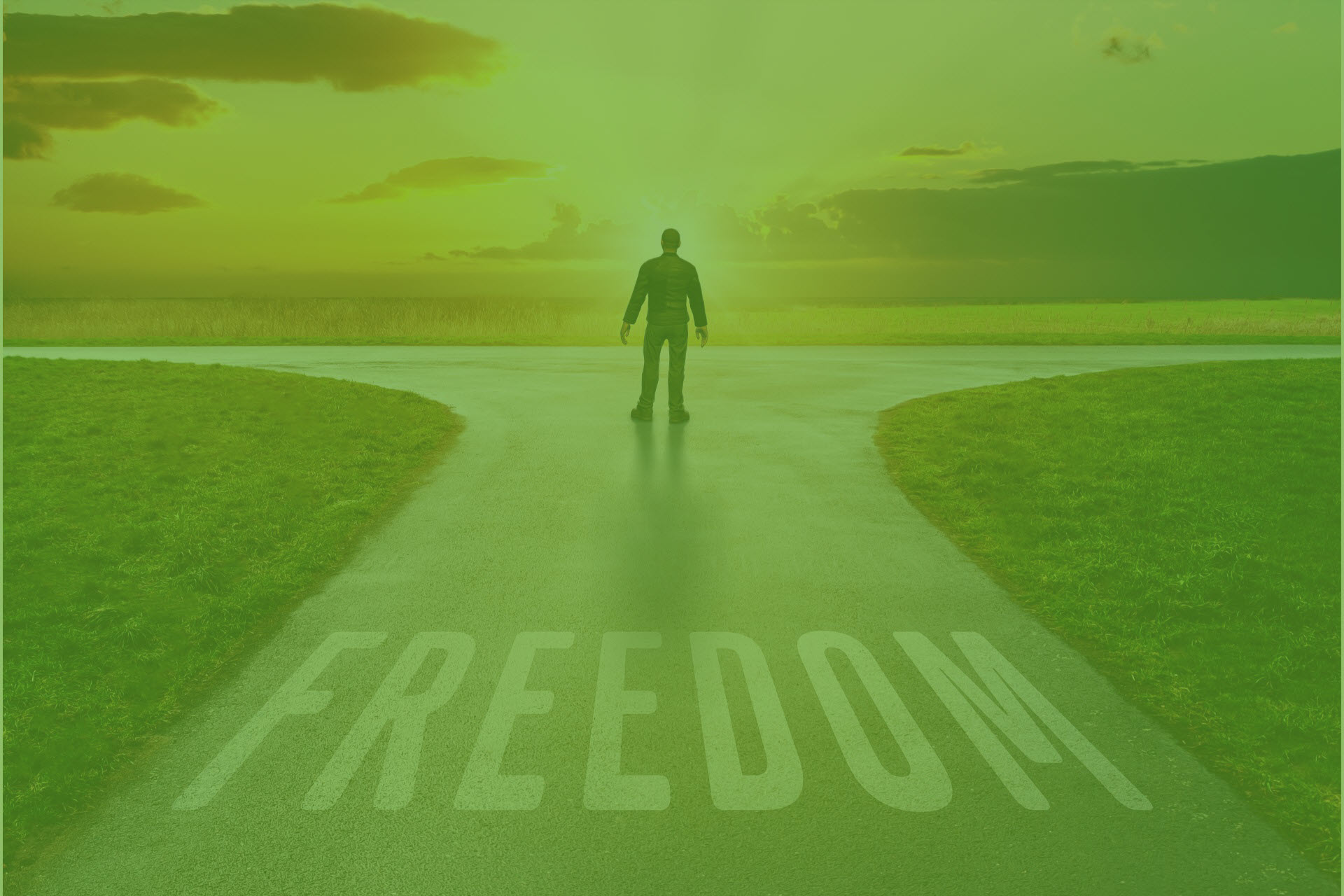The Connection Between Homelessness And Addiction
Contents
In 2017, there were approximately 554,000 homeless people in the United States. The US homeless population is increasing yearly, particularly in younger age ranges. Tragically, homelessness and substance abuse go hand in hand. The end result of homelessness is often substance abuse, and substance abuse can also contribute to homelessness. The National Coalition for the Homeless has found that 38% of homeless people are alcohol dependent, and 26% are dependent on other harmful chemicals.
Oftentimes, addiction is a result of homelessness. The difficult conditions of living on the street, having to find food, struggling with ill health, and being constantly away from loved ones create a highly stressful state of being. Individuals suffering from homelessness may additionally develop psychiatric conditions in response to a harsh lifestyle often characterized by feeling threatened by violence, starvation, and a lack of shelter and love.
Homelessness, Mental Disorders, And Addiction
Reports suggest 33% of homeless people battle mental illness. Sources cite mental illness as another major cause of homelessness, which often leads to drug and alcohol abuse. Common mental disorders the homeless struggle with include:
- Bipolar disorder
- Schizophrenia/Schizoaffective disorder
- Post-traumatic stress disorder (particularly high in homeless veterans)
- Major depressive disorder
- Severe anxiety
Homeless individuals suffering from mental conditions are more likely to be victims of assault, further necessitating the comfort they temporarily find in harmful substances. Homeless individuals suffering difficult mental and emotional conditions may find it convenient to self-medicate with harmful substances as well, strengthening the link between homelessness and substance abuse. The combination of mental disorders and substance abuse is known as dual diagnosis or co-occurring disorders. While it may seem that difficult mental conditions can be suppressed by drug and alcohol use, this actually creates a destructive cycle of dependency.
Homelessness And Substance Abuse: Women
Homeless women suffer unique gender-based trauma, contributing to the higher amounts of drug use in homeless women as compared to men. While 30% of homeless people overall suffer mental illness, the rate is significantly higher in populations of women. 50% to 60% of homeless women suffer mental and emotional disturbances, with these phenomena often pre-dating their homelessness. These disturbances often become more severe when combined with homelessness and substance abuse.
Many homeless women become homeless after experiencing domestic violence or sexual trauma; some are victims who have escaped sex trafficking. These factors, along with co-occurring disorders from homelessness, have contributed to the fact that approximately one-third of homeless women have abused Heroin and Crack Cocaine.
Homelessness And Substance Abuse: The Youth
Many homeless youths and young adults are victims of substance abuse. Youths aged 12 to 17 are at greater risk of homelessness than adults, and many homeless youths have been the victims of severe abuse. 71% of missing, runaway, throwaway, or abducted children reported a substance use disorder (SUD).
Factors contributing to such youth homelessness and substance abuse include:
- Growing up in a homeless family
- Genetics of substance abuse
- Family abuse
- Maladaptive coping mechanics to stress
- Co-occurring disorders
- Early use of substance abuse (using at a very young age)
- Physical, sexual, and emotional abuse
- Running away from home
Homeless youths with substance abuse issues are much more vulnerable to long-term substance abuse and untreated co-occurring disorders, which follow them into adulthood
Homelessness And Substance Abuse: The LGBTQ Community
LGBTQ populations suffer from high rates of drug and alcohol abuse. They also suffer from minority stress, stress which stems from internalized feelings of cultural/social exclusion and fuels their chemical dependency. Unfortunately, members of the LGBTQ community also have a 120% higher risk of homelessness.
Members of the LGBTQ community are not immune to the devastating effects of homelessness and substance abuse. More members of this community face depression, PTSD, anxiety, suicidal ideation (thoughts of suicide), and self-medicating with substance when homeless. According to Psychology Today, homeless LGBTQ Americans “have the highest number of illicit drug use.” Homeless lesbian women (and lesbian women in general) report higher numbers of alcohol abuse in response to the internalized disorders and minority stress. When homeless, homosexual Americans are more subjected to violence and sexual assault compared to their heterosexual counterparts. In particular, homelessness is more common in the transgender community; members of the transgender community often struggle with housing and job discrimination.
Get Help Today
your questions. Get in touch with one today.

